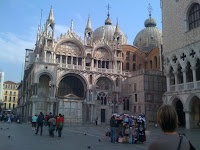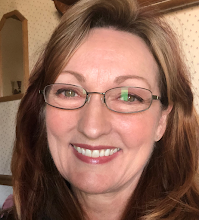
It all began with the Hunchback.
In 1831 Victor Hugo wrote the story of Quasimodo. A novel set in the historic Paris, it kindled new interest in the long forgotten
Cathedrale Notre Dame de Paris, which was a a terrible state of disrepair. That all changed when people met Quasimodo, the Hunchback of Notre Dame.
I had no idea that Notre Dame was constructed in 1163 a.d. Besides the heads of the saints on the outer façade wall, which were repaired in the 1800s, the entire building is original.

Even the Rose Windows.
This was the most spectacular thing for me about the Cathedral. The Rose windows – circular stained glass windows, made in 1258 a.d., that tell the entire story of humanity.

There are three windows. The north facing window tells the story of the Old Testament. Within its colored glass are images of the prophets. In its center is a portrait of Saint Ann, the mother of Mary, holding her infant daughter. She is pictured to depict the bridge point in time from the Old Testament to the New Testament.
The south facing window tells the story of the New Testament; the story of Jesus and his miracles, his disciples and his glorification. In its center is the image of the virgin and the Babe.
The west window tells the story of the Last Judgment. So, within the three windows, the story of humanity is told.
Placement of the three windows within the cathedral form a triangle, representing the triune God, the Trinity.
From the outside you cannot tell these windows are stained glass. They are so dark they don’t look like windows at all. From the inside though, they look different. Light shines through each pane illuminating the stories they tell. In the 1200s stained glass was made by actually coloring each pane of glass, then putting together the colored panes to produce pictures. Nothing today comes close to it.
In 1939, during World War II, it was feared that German bombers might destroy the windows. as a result, on September 11, 1939, they were removed. They were restored at the end of the war.

Another feature of the Cathedral I noticed was the cross. It is a single, empty, white cross. No crucifix.
It was inspiring to hear the story of humanity told through the Rose Windows. It reminded me that many people with many talents express devotion in many ways. Even Victor Hugo, who wrote about the cathedral, used his talents to restore interest in a long-forgotten treasure.
Isn’t it interesting how God is in the details.
 You can see a lot in Rome in one day, but you suffer for it later.
You can see a lot in Rome in one day, but you suffer for it later.






























 trast between Old and New was distinct, yet tasteful. In Geneva, a person gets a sense that the Swiss take pride in their cities.
trast between Old and New was distinct, yet tasteful. In Geneva, a person gets a sense that the Swiss take pride in their cities.














